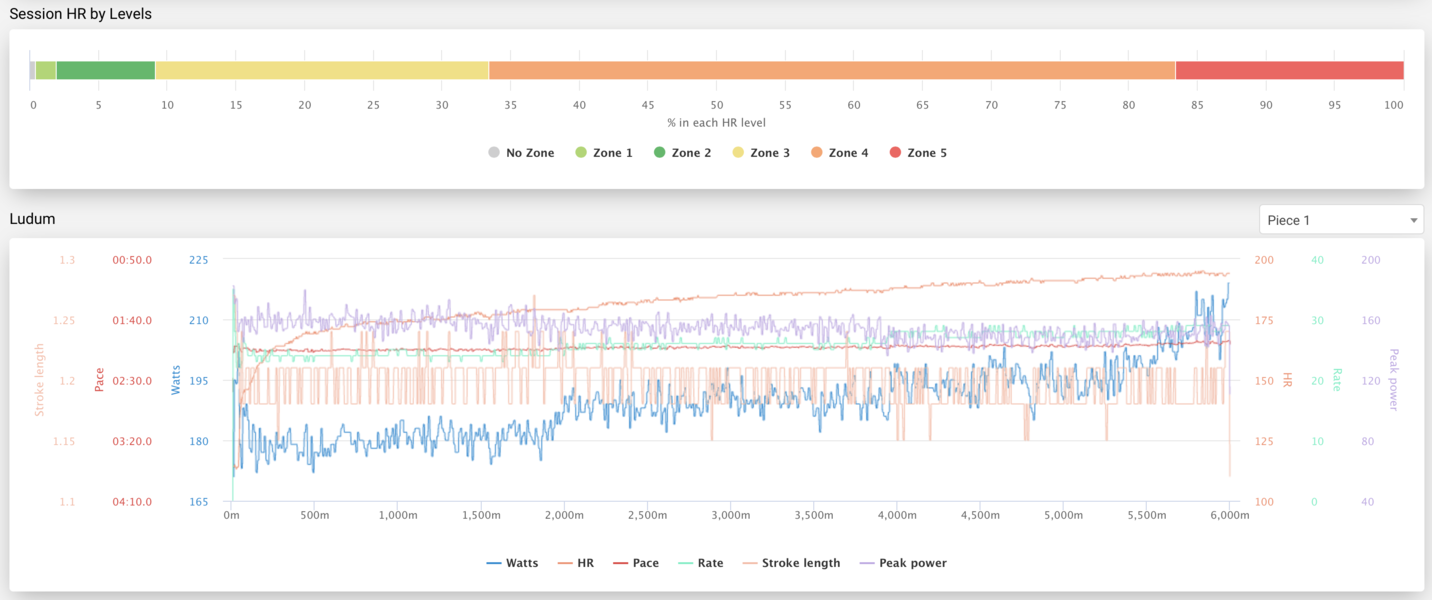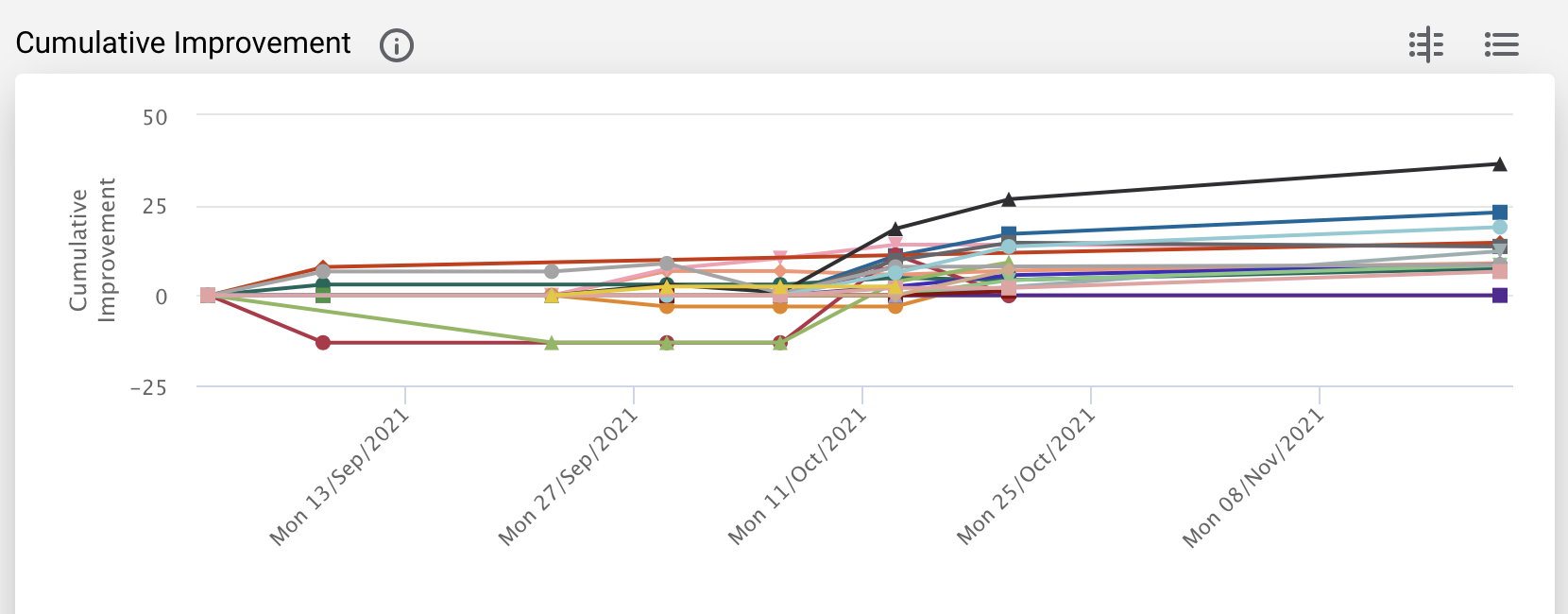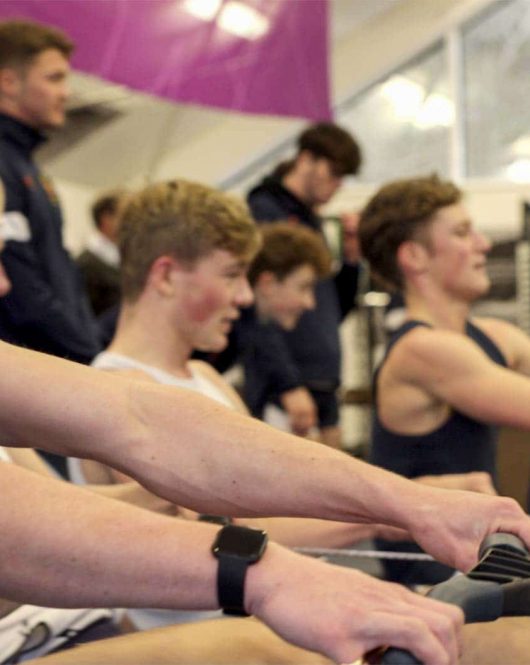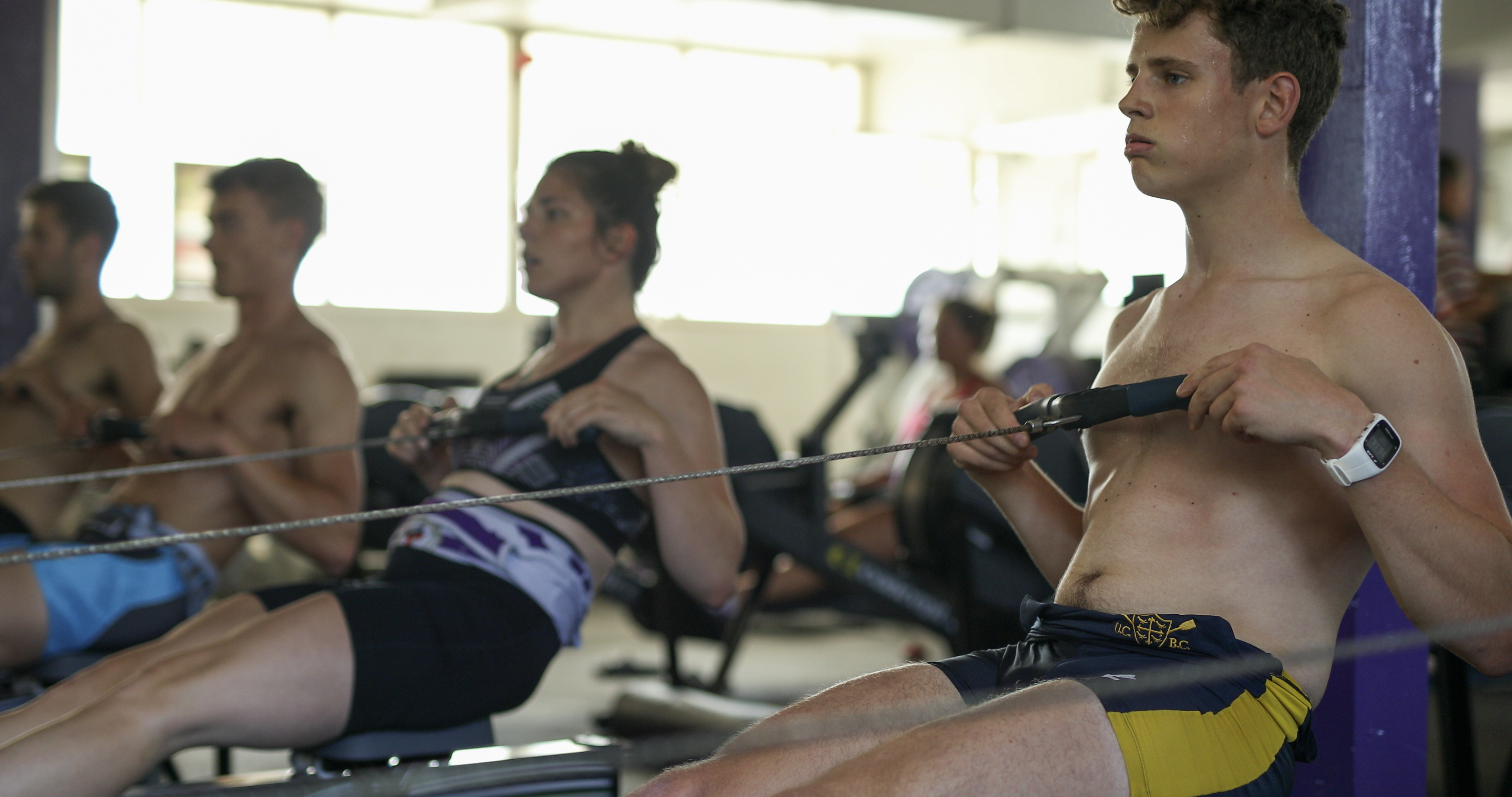Following on from the post I did last week about indoor rowing workouts, one of the of the things I find particularly exciting about working at Ludum is the ability it gives coaches and athletes to track their indoor rowing performances over time and in a wild amount of detail.
When I first joined London Rowing Club in 2005 we’d write our scores on a bit of paper on a noticeboard each week, and each week a new sheet of paper would be put on top for the following week’s scores. It was a simple system that let us compare ourselves to our teammates as well as quickly find what score we did last time or the time before that.
Most clubs still do this system but with a spreadsheet, adding a new column each rowing session and athletes can log in and add their average split or metres rowed. If you’re a lucky coach the athletes might add their splits in a comment on the cell (which is completely useless if you want to do any analysis). But there’s a much better way now!
Using a platform like Ludum gets your training data into a database which is a much more powerful way to store and access training information. And we’re not just looking at high level, average split or metres rowed type data, although you can stop there if that’ll suffice. Ludum lets you input or record everything down to granular stroke by stroke analysis complete with heart rate, stroke rate, stroke length, power, split and anything else you can record from the monitor.
It’s a LOT of data, and it would be easy to drown in it, but this is the magic of the database.

Having your data in a database means that you can then sort and filter with ease:
- You just want to look at 30 min sessions over a particular date range? No problem.
- You just want to look at 2000m tests for one particular group of athletes? No problem.
- You just want to look at one particular athlete? No problem.
You can track improvement and compare performances side by side, it really is a game changer when you compare it to how rowing clubs have worked until recently.
But perhaps the true game changer is that we’ve built an app that means you don’t need to rely on athletes to input all this information – they can simply open the app, select the workout, connect to their Concept2 PM5 and start training – the data will be collected and stored in the format YOU specified as a coach and more than this it’ll be delivered to you in real time because Ludum LIVE lets you see all data being recorded with the Ludum app in real time!
And as I mentioned in a recent blog, the athletes don’t even have to program the PM5 monitors because the app will do that for them too so the data comes in EXACTLY how you want it.
Maybe it’s because as a photographer and video editor I’ve spent a great deal of time obsessing over workflow that I particularly appreciate all of this but it really does remove a lot of barriers; saving time and making it easier for all concerned.
There are still loads of ways we can improve this and I’m excited to see what ideas we can generate to make this better still, but for coaches who want better visibility of their athlete’s performances on the ergo I think it’s already pretty cool.

If you have any questions or want to try it, please don’t hesitate to get in touch.
View more content like this

The sliders indoor rowing test | Rowing tips from Shrewsbury School Boat Club
“The pain hits you within the first two minutes!” “It’s awful in terms of lactate build-up…” “Why would you put yourself in that much pain…?” Most rowers will
Length, Force, Stroke rate – Which is your Strength?
Is it better to be more technical, stronger? How much more power do you need to deliver if you row shorter? Is it realistic to
TRIMP: A Science-Backed Way to Measure Training Load in Endurance Sports
In endurance sports like running, cycling, and swimming, tracking training load is essential for performance improvement, injury prevention, and balanced recovery. One of the most


